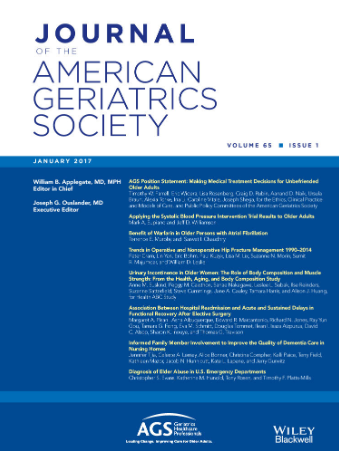Recent Innovations in Peer Programs for Socially Isolated Older Adults: Implications for Public Health Emergency Preparedness
Abstract
Background
Peer programs, which pair individuals of similar age or life experience, can address complex psychosocial needs, loneliness, and social isolation among diverse older adults. However, these services were heavily disrupted by the COVID-19 pandemic. This study examined which pandemic-era innovations were sustained across six peer programs and identified core features of peer programs relevant to future public health emergency preparedness.
Methods
In this mixed-methods study, we first thematically analyzed 67 qualitative interviews (August, 2023–April, 2024) with diverse stakeholders, including older adult participants (n = 24), peer specialists (n = 12), program leaders across six peer programs (n = 12), and experts in aging, public health, and peer programs (n = 19) using a rapid assessment process. Qualitative findings were compared with quantitative trajectories of loneliness and depression among peer program participants over 6-month intervals (May 2020–April 2024).
Results
Peer programs have been involved in ongoing efforts to help older adults recover from prolonged loneliness and isolation related to pandemic restrictions. Two pandemic-era innovations were sustained: (1) hybrid communication (in-person, virtual, and telephone) that expanded reach, and (2) new partnerships with health and city services. However, “peer drift,” where peers roles can become diluted as they are asked to do more, emerged as a challenge, complicating the consistency and effectiveness of programs. Core features of peer programs identified as relevant to future public health emergency preparedness included: (1) fostering trust with marginalized communities, (2) flexibility in responding to urgent public health needs, and (3) complementary expertise to clinical teams. Quantitative data demonstrated diverse trajectories of loneliness and depression for participants over multiple years of the public health emergency, with interviews indicating how peers helped older adults navigate these challenges.
Conclusion
Peer programs have continued to leverage hybrid communication and expanded health and city partnerships to meet the needs of socially isolated older adults. Results further suggest their potential to be integrated into future public health emergency responses.


 求助内容:
求助内容: 应助结果提醒方式:
应助结果提醒方式:


